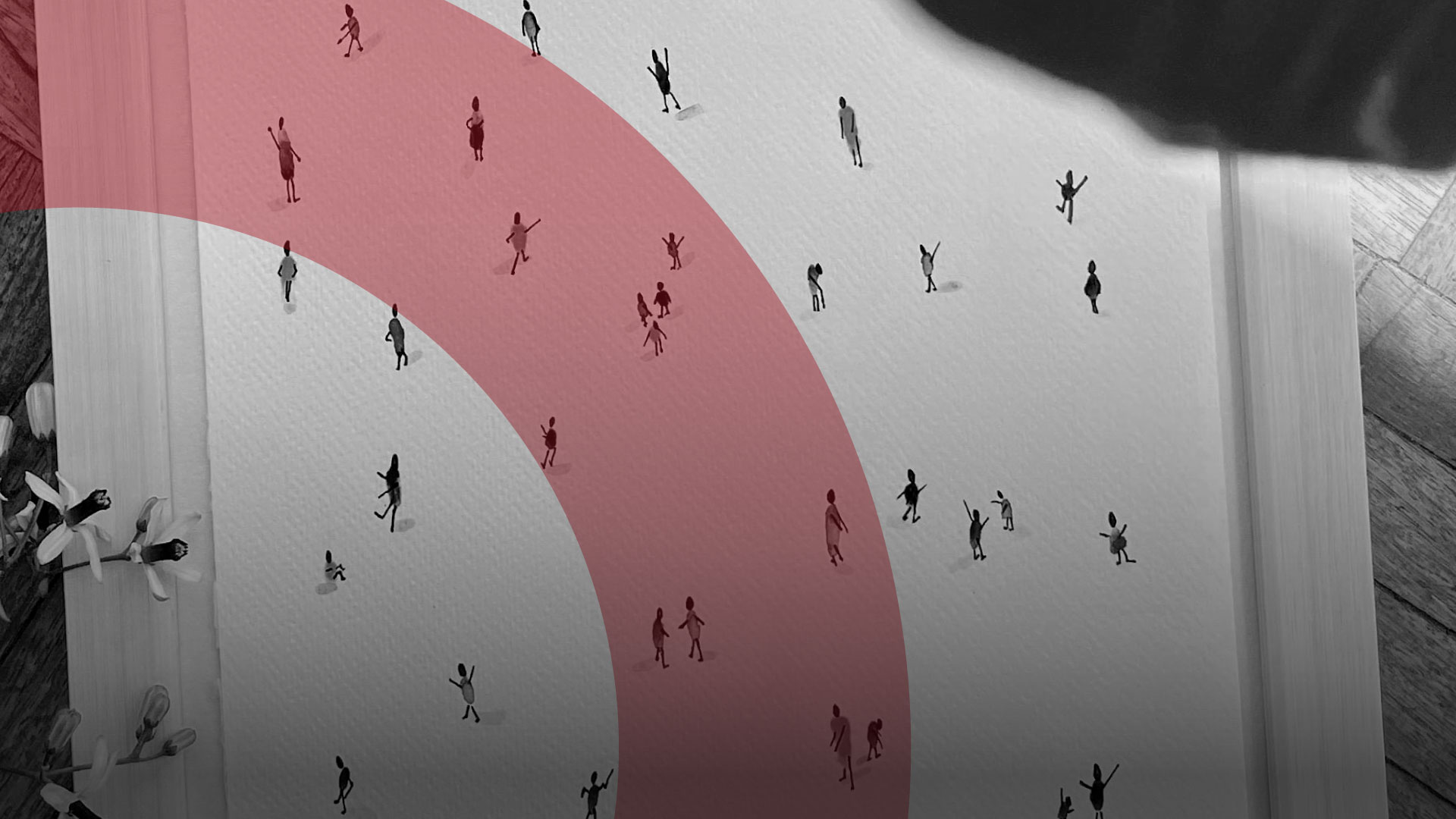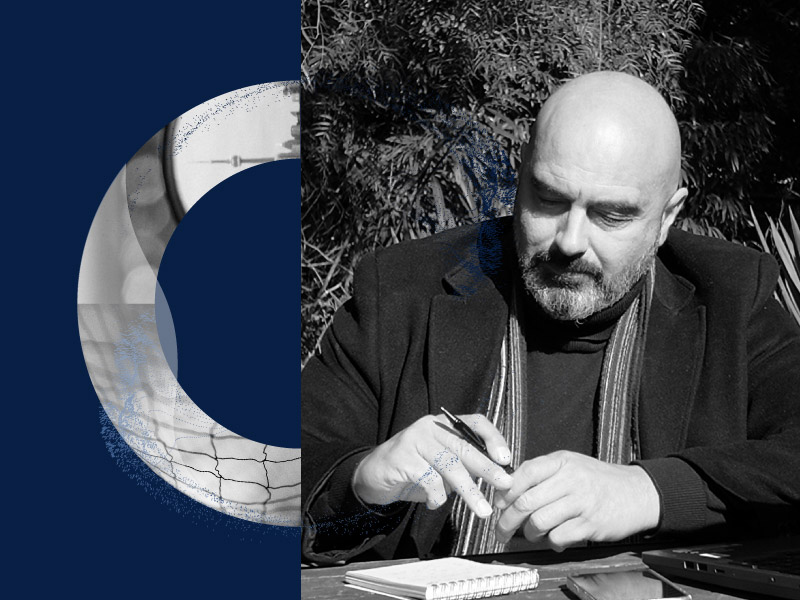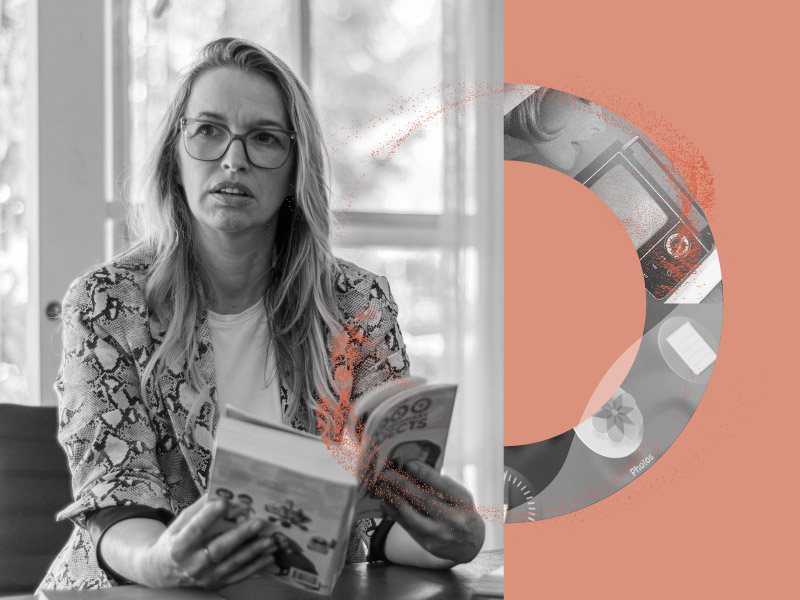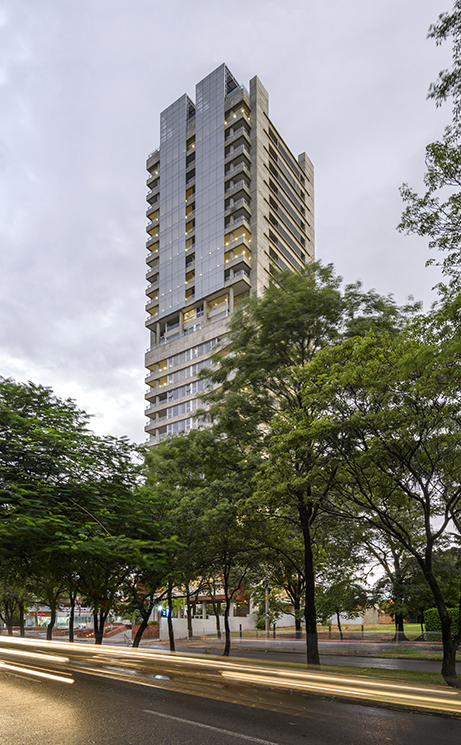


Reading time: 4 minutes.
Publication date: 15/11/2024.
In an era of rapid technological advancements that continuously reshape the way we engage with the world, one central question surfaces: What is our role as visual communication designers, and where does the true value of our discipline lie?
Spanish designer and sociologist Joan Costa emphasizes the need to "simplify the eye's work," ensuring that visual information is clear, intuitive, and structured for effortless cognitive processing. In a time when attention spans have shrunk to mere seconds, design clarity isn’t just about aesthetics—it’s a fundamental part of effective communication.
But is this process individual?
No process is. We’re nodes in a much larger system. The real power of visual communication design emerges when the message is not only crafted but shared and understood across all touchpoints.
A great example of collective visual storytelling is the Bushwick Collective, a community-driven street art project in Brooklyn, New York. Through collaborative murals, this initiative has revitalized a neighborhood, bringing together artists from all over the world. The streets and walls serve as a living canvas, creating a dialogue between the artists, the residents, and the urban fabric. The community plays an active role in shaping the identity of the space—a reminder that visual communication thrives when multiple voices are integrated into the process.
These kinds of interventions teach us that the strength of visual communication doesn’t just come from individual skill but from the ability to weave together different perspectives. Design becomes transformative when it resonates with its audience, creating a lasting impact that goes beyond the visuals and taps into the emotional and cultural layers of the community.
María Ledesma, a noted design theorist, argues that graphic design is instrumental in building cultural and national identities. It not only reflects but shapes culture. Public space interventions influence how people experience and engage with their environment. If the audience doesn’t feel connected to the design, its purpose is lost. The key is creating visuals that are not only aesthetically compelling but that align with the needs and values of the community.
In 2023, while designing the Studio’s year-end greeting, we applied this collective creation methodology. We shared our creative process with clients, suppliers, and collaborators. The concept revolved around a physical card that invited recipients to fold origami. Through AI, each origami design was transformed into a unique architectural piece, integrating the user’s input. These designs were then uploaded to a shared landing page, where everyone’s contribution became part of a collective digital artwork.
This project captured the synergy between analog creativity and cutting-edge technology, broadening our creative horizons through meaningful connections.
We are shaped by our environment and the relationships we nurture. This interconnectedness enriches the design process and ensures that the outcomes are inclusive, sustainable, and in tune with the realities of the users.
Effective visual communication is about more than just delivering a message—it’s about reshaping reality. This transformation isn’t just the goal of design, it’s what drives it forward. Through collaboration and collective input, we can create spaces that not only communicate but also inspire change.
Suggested Reading:





